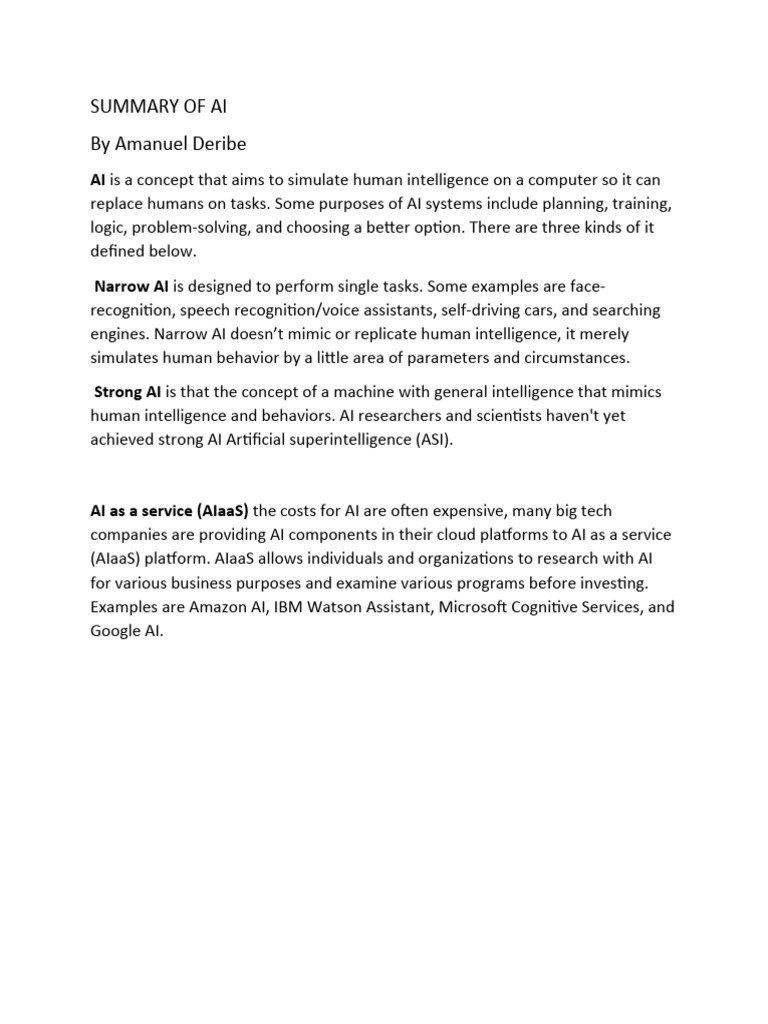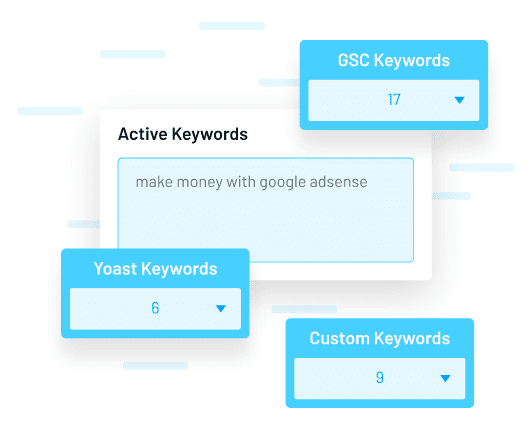
In today’s digital landscape, the way users access information is rapidly evolving. With the rise of AI-powered search engines and summarizers, content must be optimized not just for human readers but also for artificial intelligence systems that extract and present key insights. This shift means that traditional SEO strategies alone are no longer sufficient. To thrive in this new environment, content creators and marketers need to understand how to structure their content for AI summaries and snippets.
This guide will walk you through the essential steps to optimize your content for AI-driven search results, ensuring it stands out in a world where quick, concise answers are increasingly valued. Whether you’re writing blog posts, product descriptions, or long-form guides, these strategies will help you create content that resonates with both humans and AI tools.
What Is Structuring Content for AI Summaries & Snippets and Why It Matters
Structuring content for AI summaries and snippets refers to organizing your text in a way that makes it easy for AI systems to extract key points and present them as concise overviews. These AI-generated summaries often appear at the top of search results, providing users with direct answers without requiring them to click through to the full article.
For businesses, this means that optimizing for AI summaries can significantly boost visibility and traffic. If your content is featured in an AI summary, it increases the likelihood of users clicking through to your site, improving engagement and conversion rates.
AI algorithms prioritize content that is well-structured, clear, and directly addresses user intent. By following best practices for content structuring, you can increase your chances of being selected for these AI-driven overviews.
How Structuring Content for AI Summaries Impacts SEO Performance
Optimizing for AI summaries and snippets has a direct impact on your SEO performance. Here’s how:
1. Boosts Visibility
Featured snippets and AI summaries often appear above traditional search results, giving your content more exposure. This increased visibility can lead to higher click-through rates (CTR) and better rankings.
2. Improves User Engagement
When users find the information they need quickly, they’re more likely to engage with your brand. AI summaries that provide clear, concise answers can enhance user trust and encourage further exploration of your website.
3. Enhances Authority and Trustworthiness
Content that is structured for AI summaries is typically well-researched, accurate, and informative. This helps build authority and trust with both users and search engines, which can improve your overall SEO performance.
4. Supports Voice and Conversational Search
As voice search and conversational AI become more prevalent, structuring content for clarity and brevity becomes even more important. AI systems are designed to extract key points from your content, making it easier for them to respond to natural language queries.
By focusing on structuring content for AI summaries, you can stay ahead of the curve in the ever-evolving world of search engine optimization.
Step-by-Step Implementation Framework
To effectively structure your content for AI summaries and snippets, follow this step-by-step framework:
1. Define or Audit the Current Situation
Start by analyzing your existing content to identify areas that may not be optimized for AI. Look for:
– Long, unbroken paragraphs
– Lack of clear headings and subheadings
– Overly complex sentences
– Missing structured data or schema markup
Use tools like Google Analytics, SEMrush, or Ahrefs to assess how your content is performing in search and whether it’s appearing in featured snippets.
2. Apply Tools, Methods, or Tactics
Once you’ve identified areas for improvement, apply the following strategies:
- Use Clear Headings and Subheadings: Break your content into logical sections using H2, H3, and H4 tags. This helps AI systems understand the structure of your content.
- Write Concise Paragraphs: Keep paragraphs short and focused, ideally no more than three to four sentences. This improves readability and makes it easier for AI to extract key points.
- Incorporate Bullet Points and Lists: Use bullet points for unordered lists and numbered lists for sequential steps. These formats are ideal for “how-to” guides and other content that benefits from structured presentation.
- Add Schema Markup: Implement schema markup to provide context to search engines. This helps AI understand the type of content on your page and its relevance to specific queries.
- Optimize for Conversational Queries: Use long-tail keywords and question-based phrases that reflect how users might ask questions in natural language.
3. Measure, Analyze, and Optimize
After implementing your changes, monitor the performance of your content using tools like Google Search Console, Screaming Frog, or Rank Math. Track metrics such as:
– Click-through rate (CTR)
– Bounce rate
– Time on page
– Featured snippet appearances
Use this data to refine your strategy and continue optimizing your content for AI summaries and snippets.
Real or Hypothetical Case Study
Let’s take a look at a hypothetical case study to illustrate the impact of structuring content for AI summaries:
Scenario: A fitness blog wants to increase its visibility in search results for queries like “best home workouts for beginners.”
Implementation:
– The blog restructures its content to include clear headings, concise paragraphs, and bullet points.
– It adds schema markup for FAQ pages and how-to guides.
– It targets long-tail keywords like “beginner home workout routines” and “easy home exercises.”
Results:
– Within six months, the blog sees a 30% increase in organic traffic.
– Its content appears in several featured snippets, leading to a 20% increase in CTR.
– User engagement metrics improve, with a 15% decrease in bounce rate.
This case study demonstrates how structuring content for AI summaries can lead to measurable improvements in SEO performance and user engagement.
Tools and Techniques for Structuring Content for AI Summaries
Here are some of the most effective tools and techniques for optimizing your content for AI summaries:
- SurferSEO – A powerful tool for keyword research, content analysis, and semantic scoring. It helps you create content that aligns with AI-driven search trends.
- Frase – Offers AI-powered content creation and optimization features, including suggestions for improving clarity and structure.
- AnswerThePublic – Helps you discover popular questions and topics related to your niche, allowing you to tailor your content for conversational search.
- Schema.org – Provides guidelines for implementing schema markup, which helps AI systems understand the context of your content.
- Google Search Console – A free tool that allows you to monitor your content’s performance in search and identify opportunities for improvement.
- Ahrefs – Offers in-depth keyword research and competitor analysis, helping you target high-value keywords that are relevant to AI summaries.
These tools can help you streamline the process of structuring content for AI summaries, ensuring your content is both human-readable and AI-friendly.
Future Trends and AI Implications
As AI continues to evolve, the way content is structured and optimized will also change. Here are some key trends to watch:
1. Rise of Large Language Models (LLMs)
LLMs like GPT-3 and BERT are becoming more sophisticated, enabling AI to understand context and generate more accurate summaries. This means that content must be written with clarity, depth, and relevance in mind.
2. Personalized Search Results
AI is increasingly personalizing search results based on user behavior, location, and preferences. This means that content must be adaptable and tailored to different audiences.
3. Generative AI and Dynamic Content
Generative AI tools are beginning to create content on-the-fly, based on user queries. This requires content to be structured in a way that is easily digestible and reusable by AI systems.
4. Voice and Conversational Search
With the growing popularity of voice assistants like Alexa and Google Assistant, content must be optimized for natural language and conversational queries. This includes using question-based phrasing and avoiding overly technical jargon.
To stay ahead of these trends, focus on creating high-quality, structured content that is both engaging for humans and easy for AI to process.
Key Takeaways
- Structure your content with clear headings, subheadings, and bullet points to make it easier for AI to extract key information.
- Focus on semantic SEO and contextual clarity by using related terms and natural variations of your keywords.
- Prioritize concise and informative sentences to increase the chances of your content being featured in AI summaries.
- Add examples, statistics, and tables to provide concrete data that AI tools can highlight in summaries.
- Create human-centered yet AI-friendly content that balances readability with optimization for AI systems.
- Continuously update and refine your content to ensure it remains relevant and competitive in AI-driven search results.
By following these strategies, you can position your content for success in the era of AI summaries and snippets.
Meta Title: How to Structure Content for AI Summaries & Snippets: A Complete Guide
Meta Description: Learn how to structure your content for AI summaries and snippets to boost visibility, engagement, and SEO performance in 2025.
SEO Tags (5): AI summaries, content optimization, featured snippets, SEO strategies, AI-driven search
Internal Link Suggestions:
– [Parameter #1]: Understanding the Impact of AI on Modern SEO
– [Parameter #2]: Optimizing Content for Voice Search and Conversational Queries
– [Parameter #3]: The Role of Schema Markup in AI-Driven Search
External Source Suggestions:
– https://www.searchenginejournal.com/ai-search-optimization/
– https://www.moz.com/blog/ai-and-seo
– https://backlinko.com/ai-seo










